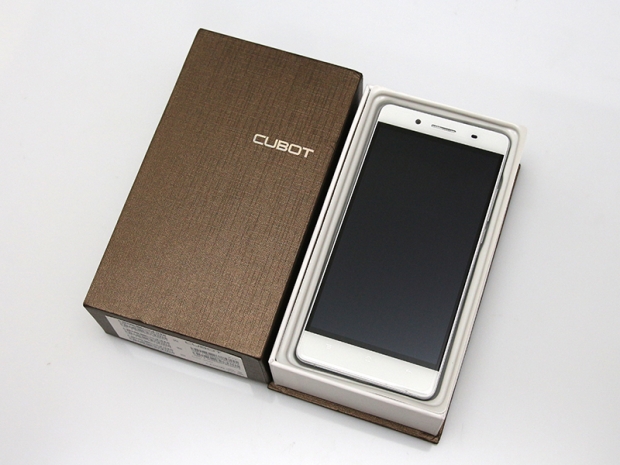Index
Conclusion
The Cubot X17 is supposed to be a premium version of the X16, but in all honesty it does not manage to pull it off that well.
For starters, the basic hardware is identical, so the performance gap is negligible. Adding more RAM to this sort of processor doesn’t really help. Does it look and feel better than its cheaper sibling? Not quite, because both feel like well assembled devices built using quality materials. It’s all a matter of taste: some people will go for the glassy back on the X16, while others will opt for the alloy of the X17.
The really good news is that both phones feature good cameras, and the X17 has a much better HDR mode than the X16. It’s not exactly a huge deal, but bear in mind that we are taking about two nearly identical devices.
The bad news? The Cubot X16 is about 10-15% more expensive than the X16, and the added gigabyte of RAM and tweaked camera might not be worth the premium (unless you really want to take loads of HDR photos). Once again, these phones are not designed to offer killer performance and benchmark results, they're supposed to cater to a different audience.
That’s more or less our gripe problem with the Cubot X17. It’s a good budget device in its own right, but the X16 simply offers superior value for money.
Cubot X17 Pros and Cons:
Pros:
- Ultrathin design
- Build quality, choice of materials
- Above average camera
- Good battery life in most scenarios
Cons:
- Value for money (compared to X16)
- Limited sensor suite
- Sluggish eMMC 4.5 storage




